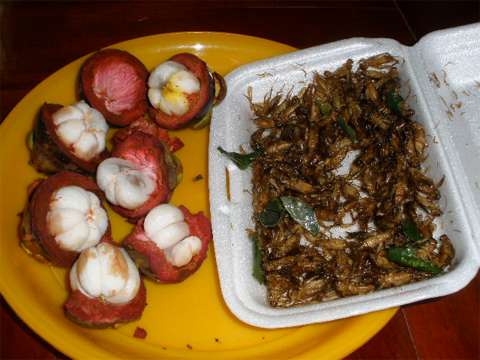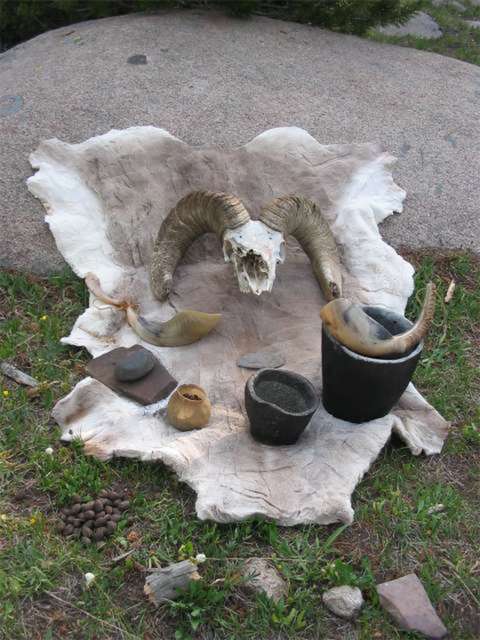Would you eat one of those?
If you’ve ever raised leafy greens such as kale, chard or collards, you’ve probably eaten at least one aphid. This idea is not so revolting because aphids are tiny, and we usually don’t know when we’re eating one.

But eating an insect on purpose? For us, it’s not a cultural norm, although it has been for lots of other people in the world, past and present.
When Tory Taylor, now a retired high-country outfitter living in Dubois, was doing research for his book, On the Trail of the Mountain Shoshone Sheep Eaters: A High Altitude Archaeological and Anthropological Odyssey, he decided to adopt a six-month “paleo diet;” one resembling that of the people he was writing about. This diet included wild game such as bighorn sheep, elk, deer, antelope, bison, marmot, rabbit and trout. He also ate a wide variety of plants: wild chives, berries, dandelion roots and greens and many others.

Not stopping there, Taylor also caught and ate Mormon crickets, sautéed in elk-bone marrow and seasoned with natural salt from the Salt Lake area. He served these to many friends, clients and the general public during several public presentations. Never pretending they weren’t crickets, he called them “mountain shrimp” to calm the squeamish, and also because of the fried cricket's shape and red color.
This is the time of year to gather wild food, and this can be fun and rewarding. Wild food is far superior to cultivated food in flavor and nutritional punch. And harvesting wild food can be a great occasion to get out for a ramble after a long winter of being shut in.
Learn more about the dietary habits, crafts and customs of the Mountain Shoshone here. And if you decide to search for wild edibles, be sure to consult a reliable guide to the native plants in your area—and an experienced cook to help you prepare your crickets.
Illustrations
- The photo of the mangosteens and crickets is by Casper College entomologist and biology instructor Will Robinson. Used with permission and thanks.
- The photo of replica tools and utensils of the ancient Mountain Shoshone is by Dubois outfitter and wild food enthusiast Tory Taylor. Used with permission and thanks.
